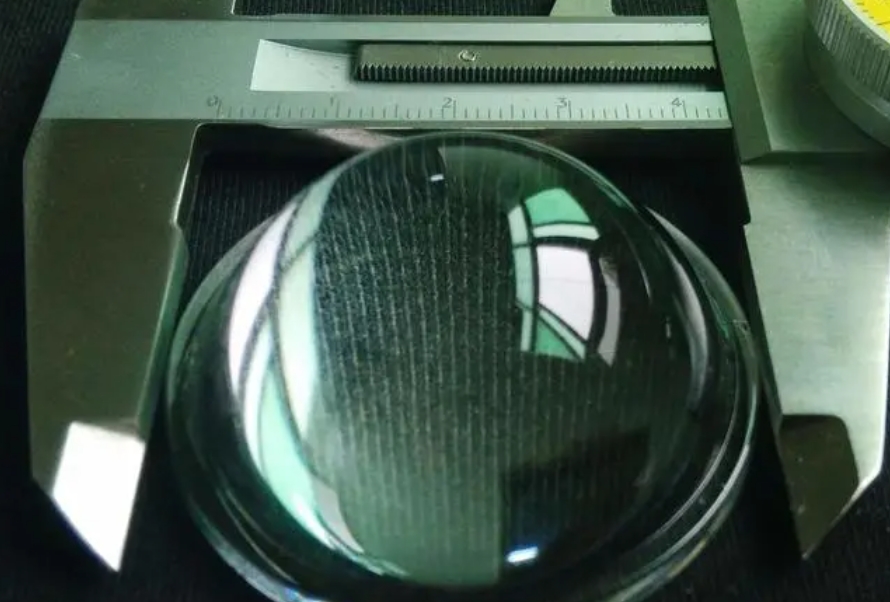The impact of lens production errors on products
Lenses are the core components of optical systems, and their quality directly determines the imaging quality and performance of the system. However, during the production process of lenses, various errors can occur due to factors such as materials, processes, and equipment. These errors not only affect the optical performance of the lenses but can also lead to the failure of the entire optical system.
Types of errors and their impacts:
Surface Figure Error: Surface figure error refers to the deviation of the lens surface shape from the design value. Surface figure errors can cause irregular reflection or refraction of light on the lens surface, resulting in aberrations and a decrease in imaging quality. Common surface figure errors include spherical aberration, coma, and astigmatism. These errors can lead to image blur, distortion, and decreased resolution, significantly affecting the performance of the optical system.
Thickness Error: Deviations in lens thickness can affect the path of light propagation, leading to changes in focal length and blurry imaging. Thickness errors mainly stem from material uniformity and insufficient control accuracy during the manufacturing process. Thickness errors not only impact the performance of individual lenses but can also accumulate in multi-lens systems, causing more severe degradation of optical performance.
Alignment Error: In multi-lens systems, misalignments of individual lenses can result in optical axis offset, affecting the optical performance of the system. Alignment errors include parallelism errors and tilt errors between lenses, which can cause beam shifts, spot deformation, and decreased imaging quality.
Material Error: The uniformity and purity of lens materials have a significant impact on their optical performance. Impurities and non-uniformities in materials can cause light scattering and absorption, affecting the transmittance and imaging quality of lenses. Additionally, the thermal expansion coefficient and mechanical properties of materials can influence the stability and reliability of lenses under different environmental conditions.

In addition, material errors can affect the stability and reliability of lenses under different environmental conditions.
Methods to reduce errors:
Precision Manufacturing Techniques: Using high-precision machining equipment and processes such as ultra-precision turning and polishing can effectively reduce surface figure and thickness errors. Additionally, employing CNC machining technology and automated production lines can enhance processing accuracy and consistency, reducing the influence of human factors on processing quality.
Advanced Inspection Techniques: Utilizing high-precision inspection equipment such as interferometers and profilometers can monitor the processing quality of lenses in real-time, enabling the timely detection and correction of errors. Optical inspection and non-contact measurement techniques can improve inspection accuracy and efficiency, ensuring that the quality of lenses meets design requirements.
Optimized Design: During the design phase, optimizing the structure and material selection of lenses can reduce potential errors that may arise during production. For example, using aspheric lenses can reduce aberrations and improve imaging quality; selecting materials with low thermal expansion coefficients can enhance the stability of lenses under different temperature conditions.
Strict Quality Control: Establishing a rigorous quality control system during the production process, developing detailed process specifications and operating procedures, ensures the quality of each processing step. Regular calibration and maintenance of equipment to ensure equipment accuracy and stability, reducing processing errors.
Errors in lens production significantly impact product performance. By adopting precision manufacturing techniques, advanced inspection methods, optimized design, and strict quality control, errors can be effectively reduced, enhancing the quality of lenses and the performance of optical systems. In the future, with ongoing technological advancements, the accuracy and efficiency of lens production will further improve, providing higher-quality core components for the development of optical systems.

